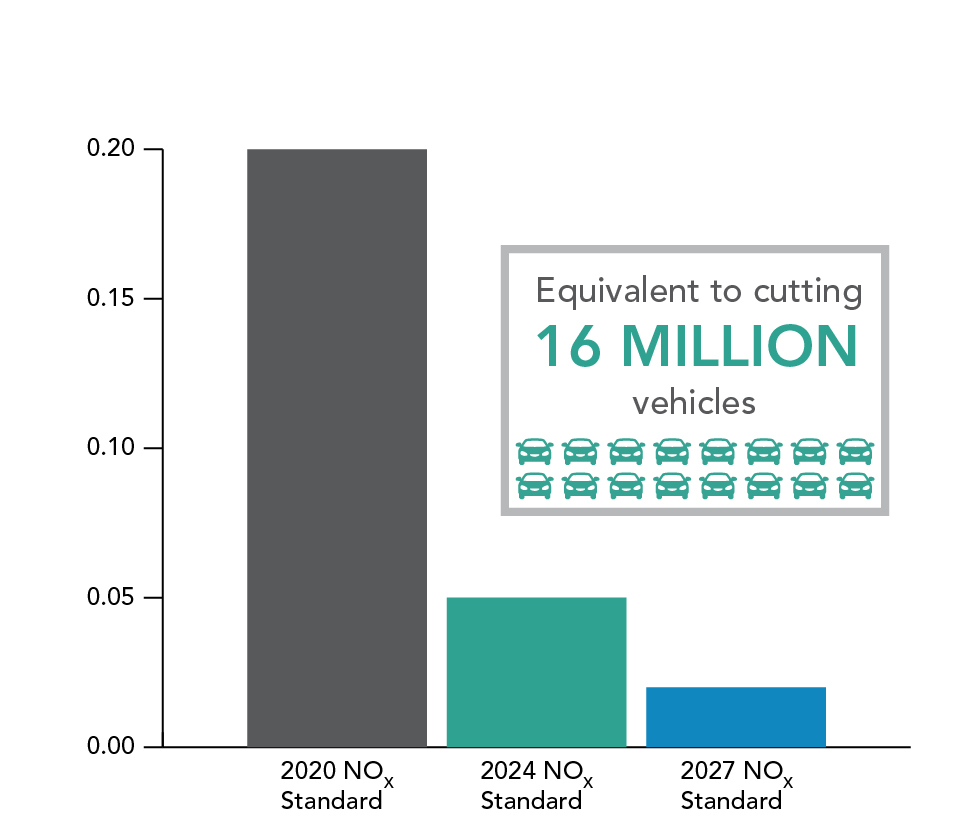|
CALIFORNIA – The California Air Resources Board late yesterday unanimously approved a multi-pronged regulation that will dramatically reduce smog-forming emissions from heavy-duty diesel trucks.
The “Heavy-Duty Low NOx Omnibus Regulation” will require manufacturers to comply with tougher emissions standards, overhaul engine testing procedures, and further extend engine warranties to ensure that emissions of NOx (oxides of nitrogen, a key component of smog) are reduced to help California meet federal air quality standards and critical public health goals.
“Even as California ramps up the numbers of zero-emission electric and fuel-cell trucks on our roads over the next decade and beyond, tens of thousands of new internal combustion trucks will still be sold in our state,” said CARB Chair Mary D. Nichols. “This regulation ensures that conventional diesel trucks will run as cleanly as possible at every point in their duty cycle. It takes a significant bite out of smog-forming pollution in every region in the state, and will make a major contribution to cleaning the air in communities close to ports, railyards and distribution centers that are now most heavily impacted by pollution from heavy truck traffic.”

Reducing NOx emissions is vital to public heath. As a precursor to smog, NOx can cause or worsen numerous respiratory and other health ailments, and is also associated with premature death. All combustion engines produce NOx, and although technology has advanced markedly over the years, California must still do more to reduce NOx emissions from mobile sources, especially trucks.
The regulation is expected to have a significant impact on communities adjacent to railyards, ports and warehouses that typically experience heavy truck traffic. These trucks often idle, move slowly and make frequent stops – all actions that increase NOx emissions. Today’s heavy-duty trucks do not control NOx effectively during such “low load” conditions. The new standards will reduce NOx emissions by 90 percent or more when trucks are operating under these low load real-world operations.
Once it is fully phased in by 2031, the rule is expected to reduce harmful NOx emissions in California by more than 23 tons per day. These NOx reductions are the equivalent of taking 16 million light-duty cars off the road in 2031. (For context, California currently has 26 million registered light duty vehicles). This will also result in 3,900 avoided premature deaths and 3,150 avoided hospitalizations statewide over the life of the rule (2024 – 2050), and lead to estimated statewide health benefits (savings from health care costs) of approximately $36.8 billion.
All components of the new rule will be phased in, allowing engine manufacturers time to prepare for compliance. The NOx standards that engines must meet will be cut to approximately 75 percent below current standards beginning in 2024, and 90 percent below current standards in 2027.
|